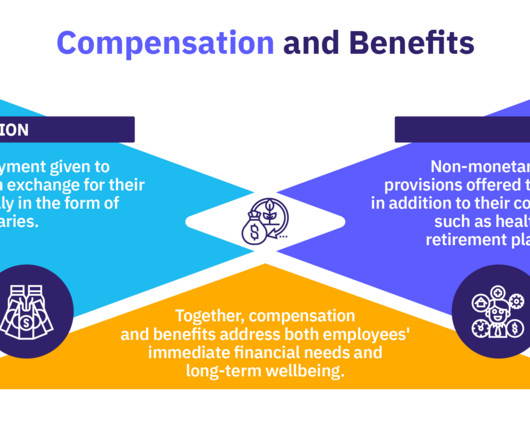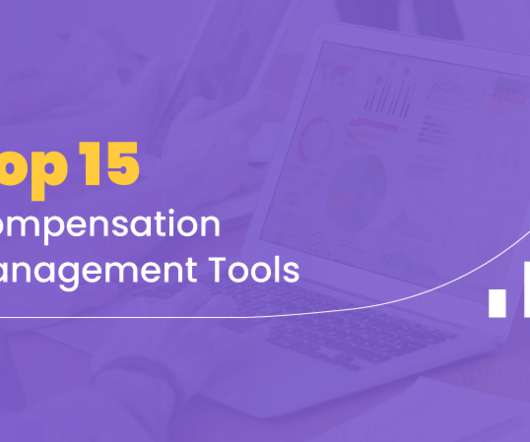What Is Human Resources?
Analytics in HR
JULY 31, 2023
As a department, it is responsible for managing HR activities from recruitment and onboarding, compensation and benefits, learning and development, performance management, and employee relations to separation or retirement. Internal mobility helps organizations improve employee engagement and retention while reducing hiring costs.
















Let's personalize your content